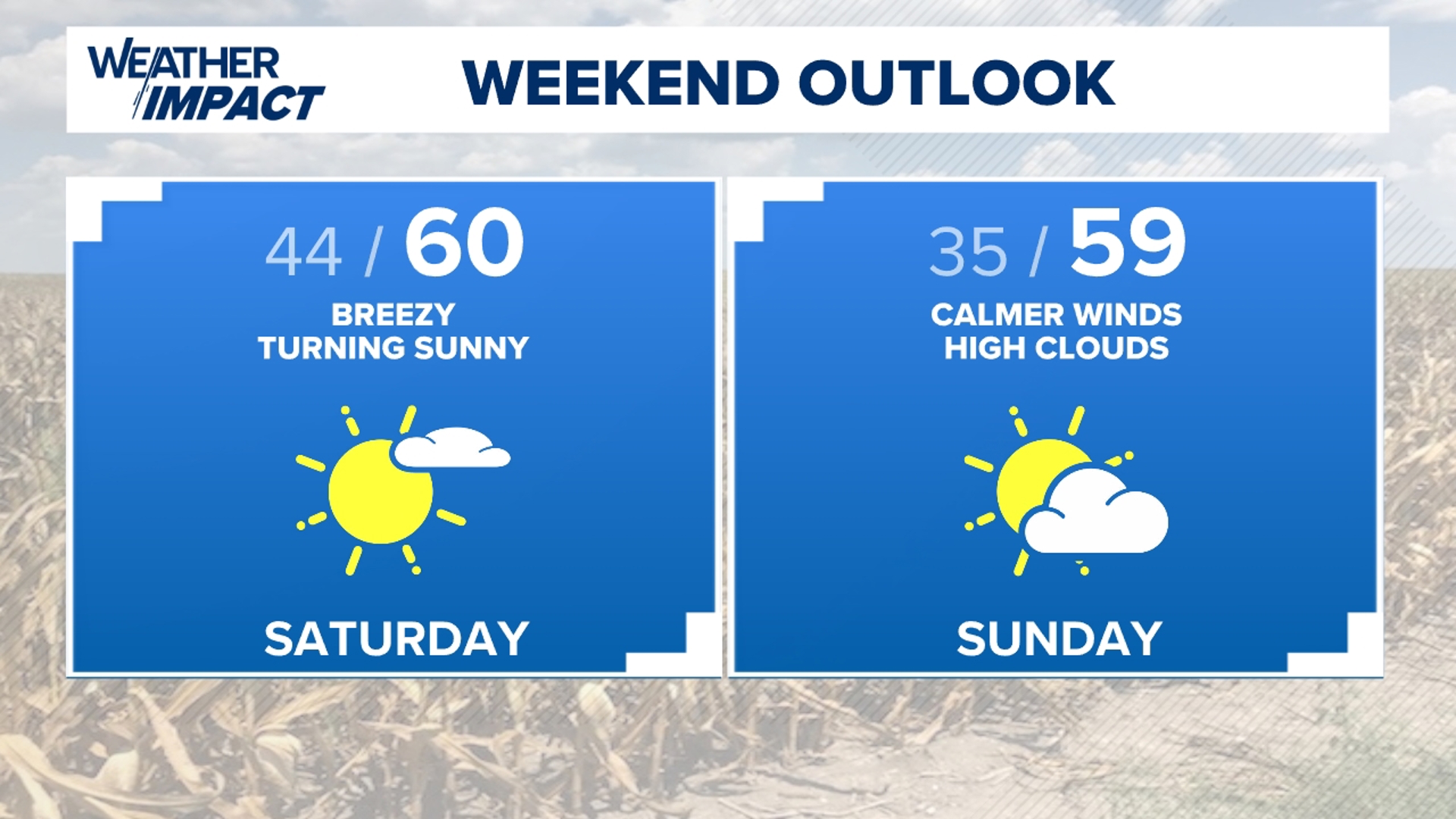Five exoplanets and eight planet candidates have been found around nearby stars, including a “cold Neptune” and two super-Earths that are potentially habitable, according to a new study.
The two super-Earths, GJ180d and GJ229Ac, were found around small red dwarf stars that are 19 and 40 light-years away from our sun, while the cold Neptune was found around a similar star that’s 29.5 light-years away.
Given how close these stars are, the exoplanets found around them could be studied further by future telescopes.
The super-Earths are 7.5 and 7.9 times the mass of Earth and take 106 and 122 Earth days to complete one orbit around their stars, respectively.
The cold Neptune is similar in mass to the gaseous planet in our solar system. Previous research suggests that cold Neptunes, which can form in the icy outer regions of planetary systems, may be the most common type of exoplanet.
The new study published Tuesday in The Astrophysical Journal Supplement Series.
“GJ 433 d is the nearest, widest and coldest Neptune-like planet ever detected,” said Fabo Feng, lead study author and astronomer at the Carnegie Institution for Science.
A multitude of exoplanets, especially terrestrial planets like Earth, have been found around red dwarf stars. They’re smaller and cooler than our sun, and they’re the most common star in our galaxy. Exoplanets tend to orbit closer to these stars and still be within the star’s habitable zone, or the perfect distance for the planet to be temperate and potentially host liquid water on their surfaces.
But exoplanets around red dwarf stars pose other challenges to the potential for life. Many planets that orbit red dwarfs in the habitable zone are tidally locked, meaning the exoplanets have a very cold permanent night on one side and very hot permanent day on the other, Feng said.
“GJ180d is the nearest temperate super-Earth to us that is not tidally locked to its star, which probably boosts its likelihood of being able to host and sustain life,” Feng said.
Meanwhile, the other super-Earth, GJ229Ac, is the nearest temperate super-Earth in a system where the host star is also orbited by a brown dwarf. Brown dwarfs are known as failed stars that can’t sustain the hydrogen fusion needed to power them.
The planets were detected using the radial velocity method. It’s based on gravity and the Doppler effect, in which light increases or decreases in frequency as a source and observed objects move toward or away from each other.
Stars don’t remain completely still when they are orbited by planets; they move in small circles as a response to the pull of gravity from the planets. These movements change the light wavelength of the star, going between red and blue depending on the location of the planet. Tracing the shifts can help astronomers find planets. Red dwarf stars have a lower mass than other stars, so this method is often used to detect exoplanets around them.
“We eventually want to build a map of all of the planets orbiting the nearest stars to our own solar system, especially those that are potentially habitable,” said Jeffrey Crane, study co-author and astronomer at the Carnegie Institution for Science.



